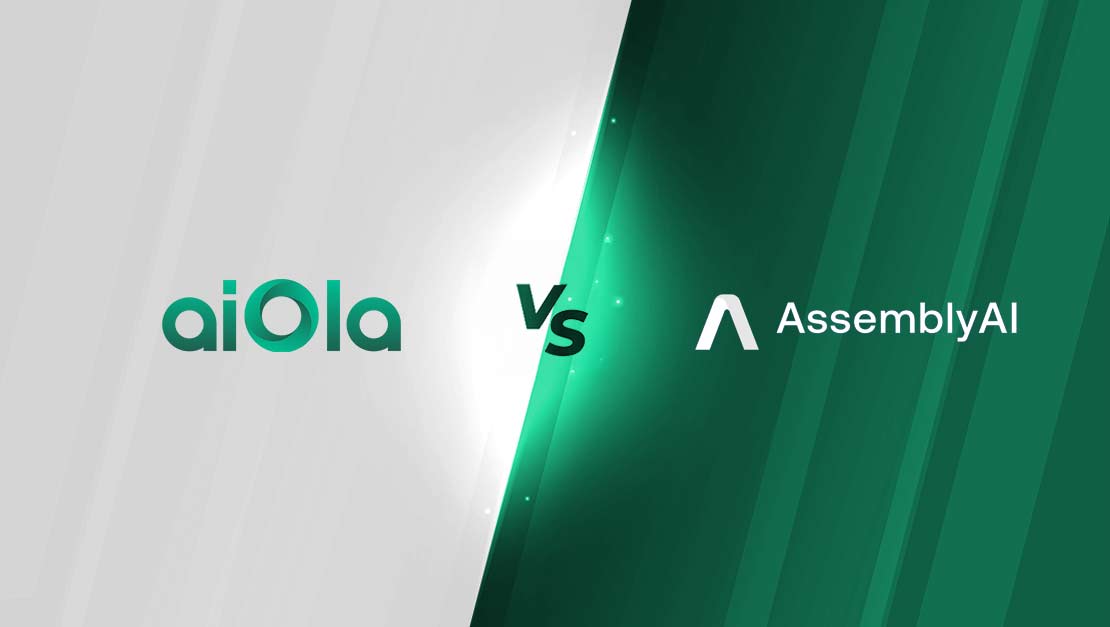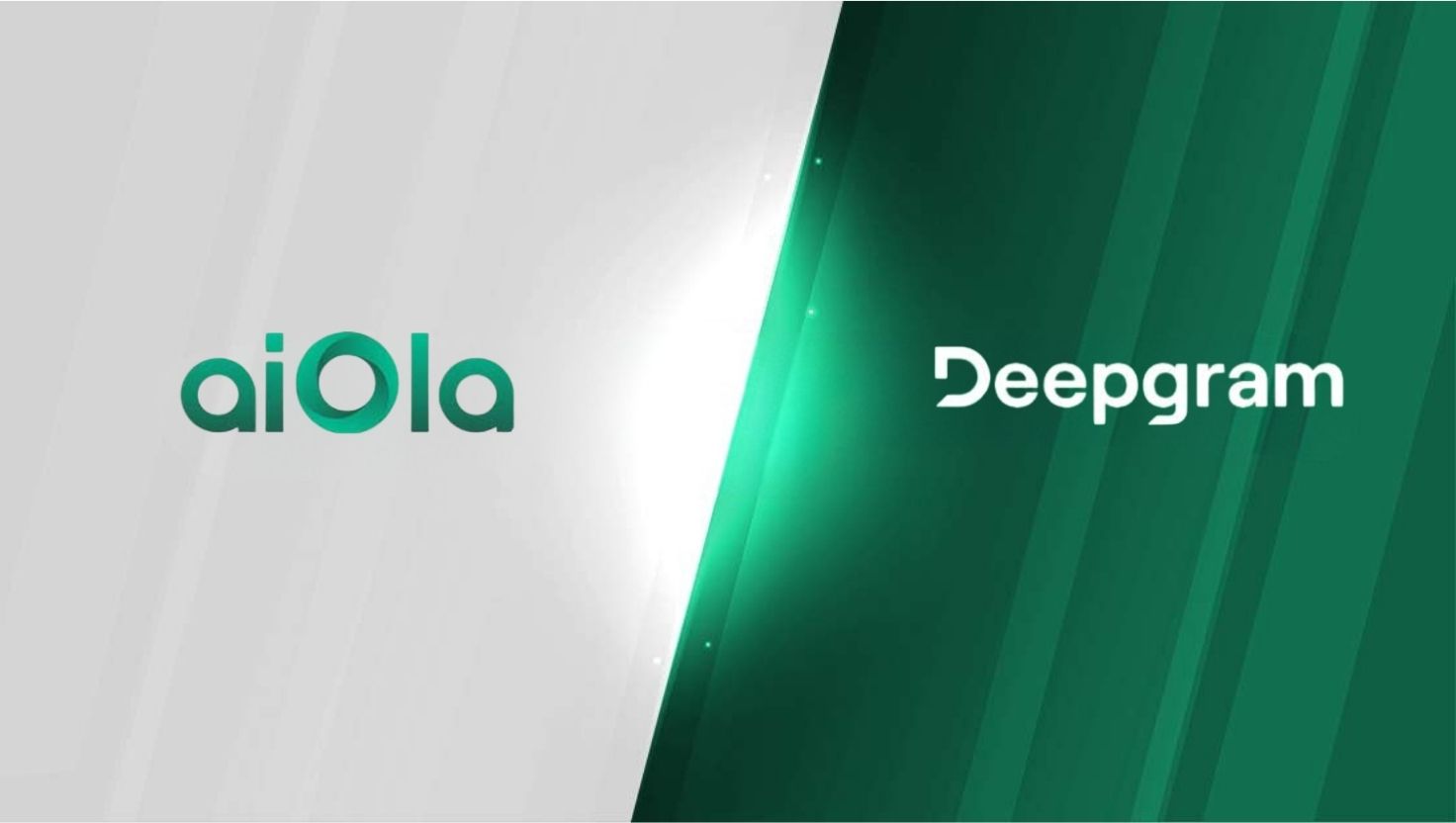Imagine a world in which you can say something out loud, and it will be done. With speech recognition solutions, this ideal scenario is a reality. Even more impressive are speech recognition tools geared towards business environments, in which you can successfully boost productivity, safety, and accuracy.
We’re going to review what speech recognition software is, how it works, and how you can select the best option to use within your specific business.
Let’s get to talking!
What is Speech Recognizer Software?
Speech recognizer software, also know an automatic speech recognition (ASR) or speech recognition software, is a computer software that can process human speech into transcribed text.
Speech recognizer software works on a device that that has a built-in microphone, which is capable of picking up on audio signals. The speech recognition software breaks down this recording, adjusts the pitch, and removes background noise to convert the digital information into frequencies.
The software applies language models and acoustic models to process the recording. Ultimately, speech recognition software understands human speech as it was spoken, much like humans having a conversation.
Speech recognizer software is applied in many settings, including:
- Navigation systems
- Call centers
- Language translation
- Voice search
- Accessibility
- Task completion

Understanding Speech Recognition Technology
Sounds amazing, doesn’t it? It truly is, but it’s even more incredible once you know how it works.
Speech recognition solutions are made up of key components that enable the understanding of human speech into written text, including:
Automatic speech recognition (ASR)
ASR is the act of processing a digital sample of speech into what are called spectrograms, which is a visual representation of sound.
Natural Language Processing (NLP)
Natural language processing applies an algorithm to transcribe every spectrogram and applies probabilities to discern the use of vocabulary within the context of what has been said.
Speech-to-Text (STS)
Speech-to-text is what transcribes the spoken word into written text that is displayed on screen.
While all speech recognition solutions utilize these technologies, aiOla stands apart, especially for use within a business setting. This is because aiOla has combined natural language understanding (NLU) and ASR into a novel and proprietary technology that can understand business-specific jargon, in any language, accent, and acoustic environment. Rather than having to be trained on existing datasets, aiOla’s algorithms mold to its users, so it can understand keywords that it has never heard before in real-time.
Suffice it to say, when you think of speech recognition tools, you likely think of digital assistants like Siri or Alexa, to whom you can speak and they will execute a task. However, there’s a difference between voice recognition and speech recognition. Put simply, here’s what it is:
- Speech recognition: ASR doesn’t just hear voices, it can recognize speech because of natural language processing (NLP). In this way, ASR can capture what has been said, from a data standpoint, rather than just knowing who said what.
- Voice recognition: With limited functionality, voice recognition listens to what you say and responds on the spot. It is typically restricted to set tasks.
Key Benefits of Speech Recognizer Software for Employees
When employees have access to speech recognition software, like aiOla, they are able to get more done in less time, with greater accuracy and collaborative abilities.
Let’s take a look at some of the key benefits for employees:
Enhanced Productivity
Think of any sentence–now, say it aloud and then type it. Which happens faster? Since you can speak faster than you type, imagine how speech-to-text works in a business setting. Employees can achieve more with words, including faster data entry and streamlined communication (such as voice commands and note-taking, for example).
Improved Accuracy
Even if your employees are able to type at the speed of light, they inherently risk the chance of data entry errors and typos. In most businesses, even a small typo can cause grand problems. With speech recognizer software, teams can reduce errors. At the same time, the speech recognition software captures data in a uniform manner, which results in having access to standardized data formats for ease-of-use.
Time Savings
Last but not least, teams that leverage speech recognizer software gain time savings. With the ability to product quick reports, efficient documentation is made a breeze. Additionally, team members can use voice commands to handle routine tasks, thereby reducing the amount of administrative and repetitive work that they have to do.
How Speech Recognition Technology Can Be Applied
We’ve touched on it briefly, and if you’ve ever used any speech recognition software, then you know it has far-reaching use cases. To get a sense of what can be accomplished with the aid of such tools, let’s take a look at some applications across industries.
Personal Assistants
As we just mentioned, voice recognition personal assistants (e.g Siri, Alexa, Google Assistant) can listen to you having been prompted by their wake words (i.e. “Hey Siri,” or “Alexa,”). Then, they execute the specific requested task.
Healthcare
Healthcare is a sector that relies on accuracy of data, which can literally spell the difference between life and death. With speech recognition software, healthcare professionals can transcribe patient data through their voice, rather than having to manually enter and upload patient notes. This means they can spend more time with patients, rather than behind a computer screen.
Customer Service
Customer service is a primary concern for all sectors, which is why many companies utilize chatbots, which are powered by AI and NLP. They can understand and respond to human language, as well as text.
Automotive
For automotive companies, especially for mechanics, inspectors, and fleet operators, keeping eyes on the vehicle and/or the road is a critical concern. Speech recognition software, like aiOla, allows professionals to remain safe while carrying out their duties, whether it be car inspections or driving, for example.
To learn more about the topic check our article about AI in the automotive industry >>
Challenges and Considerations in Implementing Speech Recognition
When implementing any speech recognition solutions, some people feel concerned about specific considerations, such as:
- Privacy and ethical concerns: What if the solution captures and records all spoken data and doesn’t protect it?
- Accents: Can the software discern how people with accents speak with accuracy?
- Background noise: For business use cases, what if the solution is used in a noisy setting (such as in construction or manufacturing)- will it still work correctly?
All of these concerns are surely valid, which is why it’s important to select speech recognition solutions that adhere to ethical and security concerns. It’s also valuable to find a software that overcomes the acoustic, accent, language, and business-specific jargon barriers. aiOla is the first-of-its-kind to do so.

Top 9 Speech Recognition Solutions
To help narrow down the process of finding the right speech recognition solutions for your needs, let’s take a look at the top 9 most popular and effective tools out there.
Of course, what is “right” for one business isn’t always right for another, so we will also cover what to consider when making your selection. But first, let’s talk tech:
For personal assistants, Apple’s Siri continues to be a favorite due to its ease-of-use and accuracy in understanding commands. Plus, the more you use Siri, the better it becomes at understanding its user.
If you’re looking to capture otherwise lost data, increase workplace efficiency, boost collaboration, and streamline processes through speech, aiOla is the best in the business. aiOla understands accents, languages, and business-specific jargon with utmost accuracy and quickly. It can help employees across industries to complete mission-critical tasks, such as: vehicle inspection (automotive), daily audits (grocery), equipment inspections (pharmaceutical), assessment claims (insurance), and more.
Notta is another popular transcription software that is capable of understanding 58 languages. It’s accessible on Windows, Mac, Android, and iPhone.
If you’re looking to automatically add subtitles to videos, Veed is a great tool that can also assist in adding text, transitions, and more to your media creations.
To transcribe your meetings and take notes during calls, Fireflies.ai is a computer program that works alongside various video conferencing software, such as: Zoom, Google Meet, and more.
For those who wish to type using their voice, Google Gboard offers the solution. However, talk-to-text isn’t yet available for all languages.
Using leading speech AI models, Assembly.ai is designed for accurate speech-to-text for meetings, podcasts, and calls, to name a few use cases.
Picovoice adds speech recognition function to Internet of Things (IoT) devices and enables developers to customize its AI and ML models by granting access to its source code for free.
Voicegain provides speech recognition APIs so that its users can build voice AI apps to integrate with on-premise or software-as-a-service solutions in use.
How Speech AI Enhances Your Speech Recognizer Software
When speech recognizer software is equipped with AI, the possibilities and use cases are seemingly endless.
Speech AI brings with it advanced features, which include natural language processing and contextual awareness. Natural language processing and natural language understanding refer to the computer’s ability to interpret complex commands. Since speech AI is used in industrial settings, the best technology offers contextual awareness, which is able to adapt to various work environments.
AI can also learn over time without human interference. Given access to larger datasets, continuous learning enables improved accuracy over time.
How to Choose the Right Speech Recognition Solution for Your Needs
As you can see, each speech recognition solution offers a good fit for its intended use cases and purposes. In order to find the solution that’s fitting for your business, it’s of great importance to think about the technology’s:
- Accuracy
- Cost
- Scalability
- Ease-of-use
- Language understanding
- Integration abilities
For example, aiOla can be up-and-running on any existing device, doesn’t disrupt your as-is processes, operates with nearly perfect accuracy, and understands hundreds of languages and all business-specific jargon in any accent and acoustic environment. Interested in learning how aiOla can help your business? We’re here to talk about it.
Talk the Talk
Speech recognition solutions are transforming the way in which businesses complete their critical tasks and collaborate across borders. With the aid of artificial intelligence and machine learning, computer programs are capable of understanding, discerning, transcribing, and acting upon human speech to complete tasks and capture valuable data.
There’s so much to gain by utilizing these solutions, and when you choose a well-suited tool, there’s truly no downside. There are just endless benefits to take advantage of- increased productivity, enhanced safety, access to analytics, and a reduction in manual errors, to name a few!
It’s time to do more with your words.
FAQs








